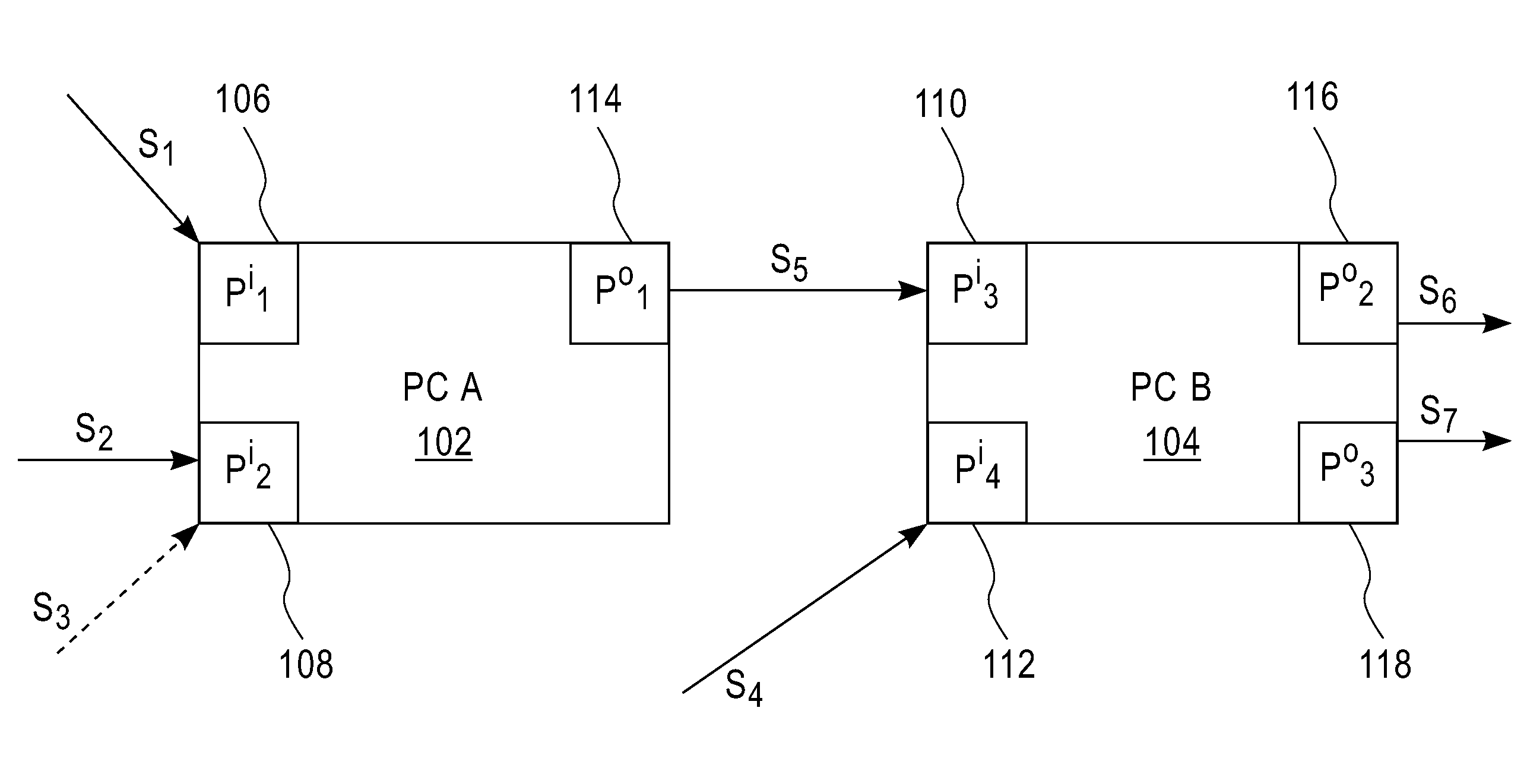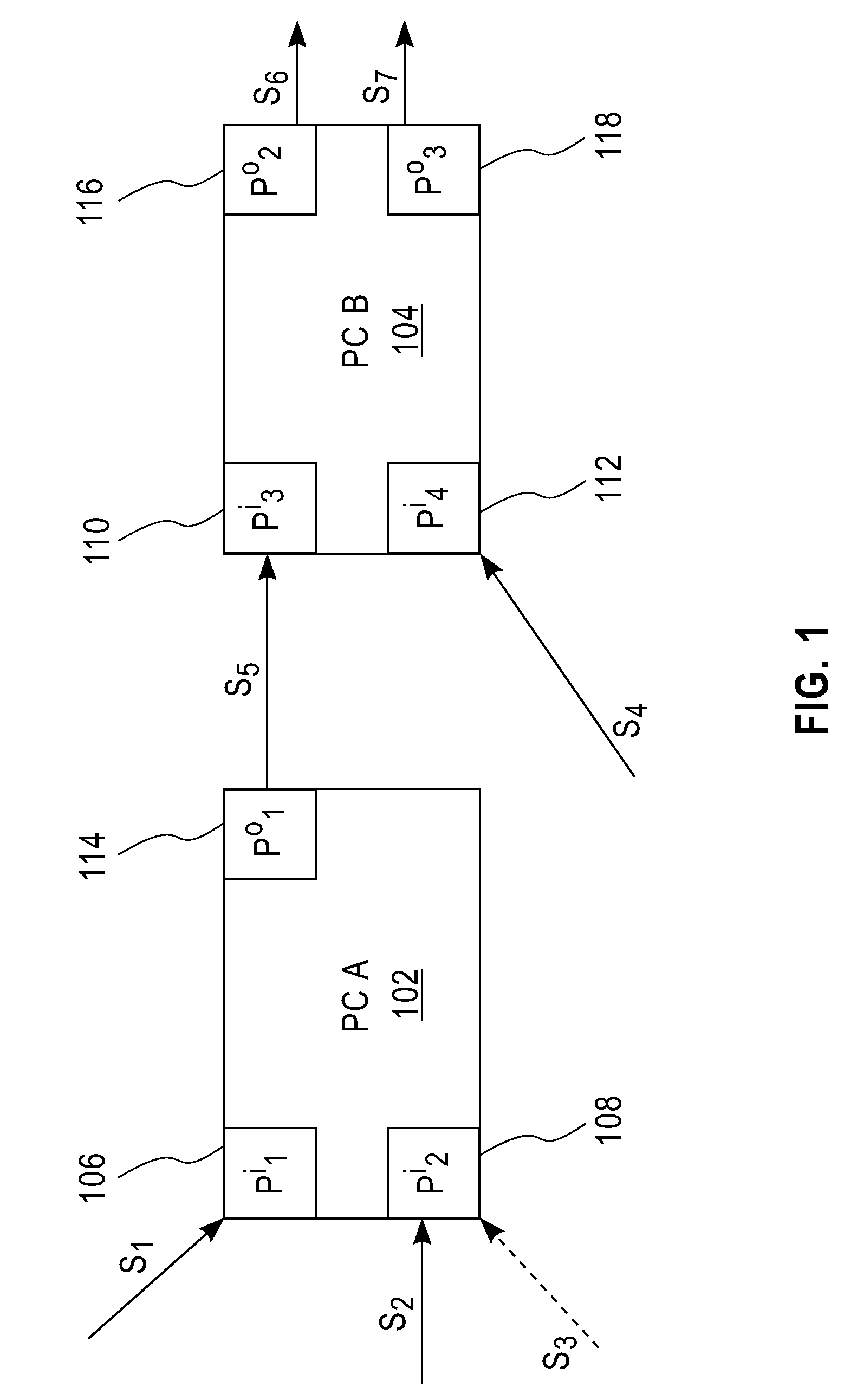Methods and Apparatus for Functional Model-Based Data Provenance in Stream Processing Environments
a technology of stream processing environment and functional model, applied in the field of data management and query support in data analysis, can solve problems such as impracticality of annotation-based systems, difficult computation of provenance queries, inconsistent responses to provenance queries
- Summary
- Abstract
- Description
- Claims
- Application Information
AI Technical Summary
Benefits of technology
Problems solved by technology
Method used
Image
Examples
Embodiment Construction
[0034]This invention is directed towards a mechanism for capturing both the data and process level dependencies of output data elements of an event stream generated by the application of one or more stream PCs to a set of input streams.
[0035]The embodiments of the present invention achieve compact representation. The mechanism for capturing the dependencies does not require the storage of significant amounts of metadata, over and above the unavoidable need to store the underlying data elements of the input and output streams.
[0036]The embodiments of the present invention further achieve reasonable expressiveness, allowing dependencies to be defined both in terms of intervals of time and sequences, and additionally qualified with predicates filtering the inclusion of elements in the dependency set. The mechanism should allow the capture and use of a variety of dependency primitives, specifically including situations where the dependency behavior may vary based on some internal state ...
PUM
 Login to View More
Login to View More Abstract
Description
Claims
Application Information
 Login to View More
Login to View More - R&D
- Intellectual Property
- Life Sciences
- Materials
- Tech Scout
- Unparalleled Data Quality
- Higher Quality Content
- 60% Fewer Hallucinations
Browse by: Latest US Patents, China's latest patents, Technical Efficacy Thesaurus, Application Domain, Technology Topic, Popular Technical Reports.
© 2025 PatSnap. All rights reserved.Legal|Privacy policy|Modern Slavery Act Transparency Statement|Sitemap|About US| Contact US: help@patsnap.com



